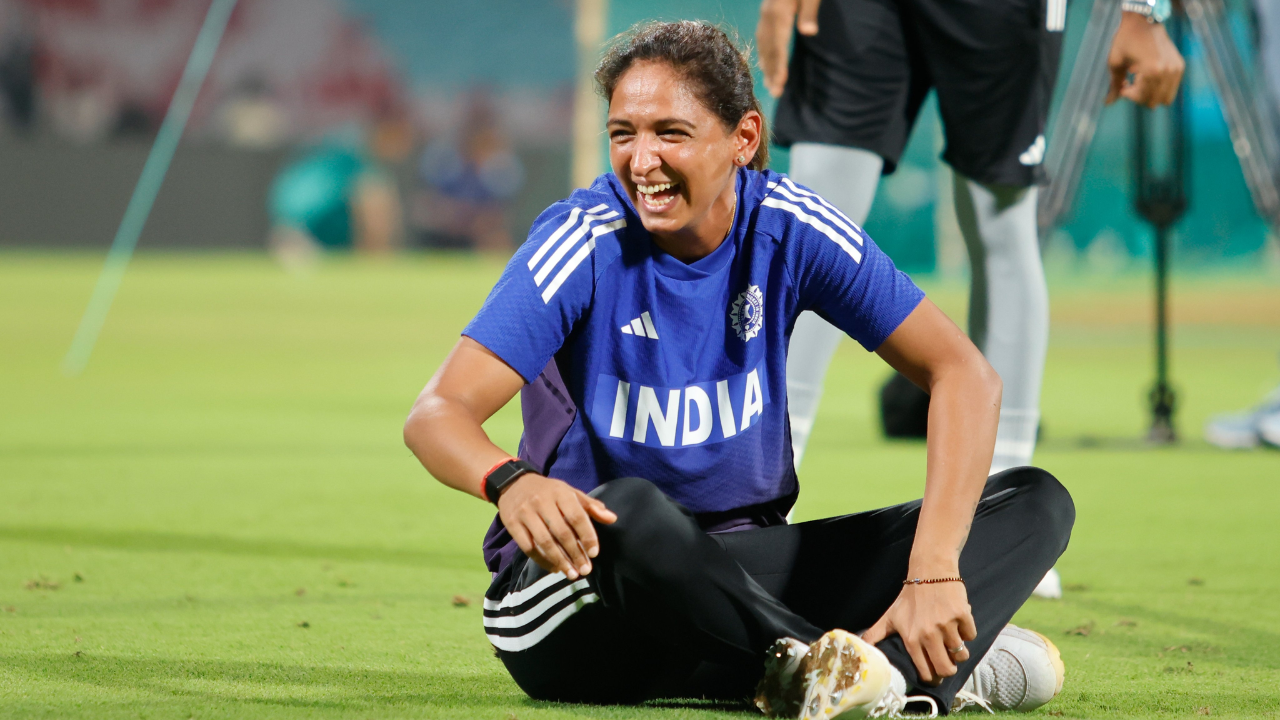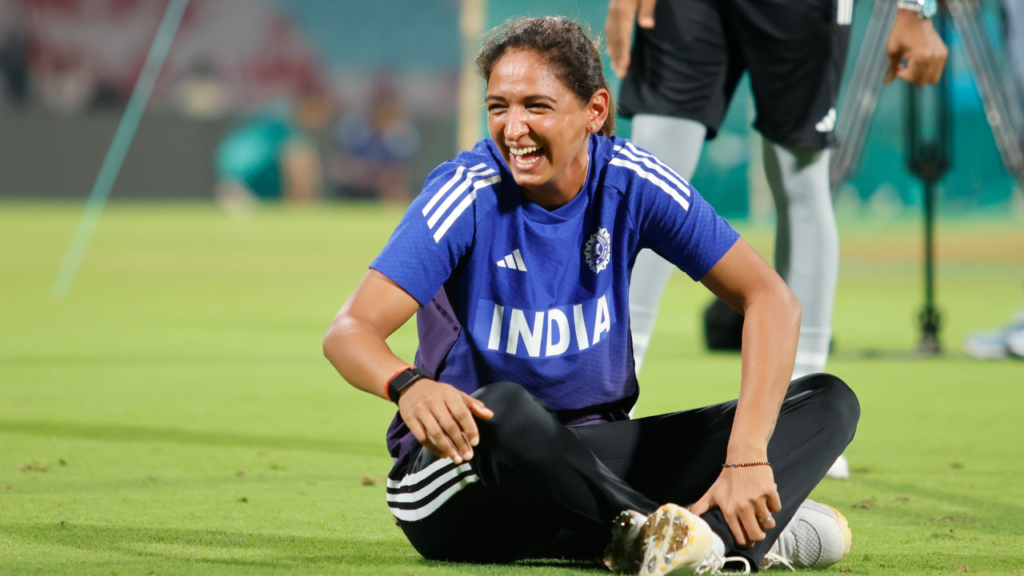
In sport, the most difficult call isn’t the one you appeal for, it’s the one you make on yourself. For India’s long-serving women’s captain Harmanpreet Kaur, that moment may be approaching. Few athletes in Indian cricket have carried the weight of transformation like she has – from the days when women’s cricket barely made the headlines to the era of packed stadiums and prime-time broadcasts.
It is, of course, deeply ironic to even be discussing the idea of Harmanpreet “calling time” when she has just orchestrated one of Indian cricket’s greatest triumphs, leading India into the ICC Women’s World Cup final after a stirring victory over Australia. In the biggest of matches, she summoned her vintage, crafting a sublime 89 that anchored India’s chase with calm authority and unrelenting intensity. Alongside Jemimah Rodrigues’ majestic 127, Harmanpreet once again reminded the world why she remains the heartbeat of Indian women’s cricket.
It’s impossible to tell the story of Indian women’s cricket without Harmanpreet. Her unbeaten 171 off 115 balls against Australia in the 2017 World Cup semifinal was more than a match-winning knock; it was a cultural inflection point. For millions of fans, that innings was their first exposure to the sheer power and artistry of women’s cricket. She batted like a force of nature, ripping apart the best attack in the world with audacity and timing that belonged on any global stage.
That performance wasn’t an outlier. In a career spanning over 340 international matches, Harmanpreet has scored more than 8000 runs across formats. She’s also chipped in with over 70 international wickets, often breaking partnerships with her brisk off-spin.Her captaincy record too is among India’s finest and for a generation of young girls who picked up the bat after 2017, Harmanpreet wasn’t just a cricketer she was the face of belief.
But leadership, especially in a sport that demands emotional resilience, extracts a toll. In recent years, her batting returns have declined: since 2023, her ODI average has dropped and her T20 strike rate has dipped far from her peak years. Fitness niggles, disciplinary scrutiny, and emotional strain have added layers of fatigue.
In cricket, timing isn’t just about cover drives, it’s about exits too. The greats who left on their own terms – Dravid, Tendulkar, Kumble, Mithali Raj knew when to turn the page. The others risked watching their aura dim in real time.
For Harmanpreet, this decision will be deeply personal. She’s not just a player; she’s a pioneer who dragged Indian women’s cricket into the mainstream. Yet, stepping aside now or at least from captaincy might be the most selfless thing she could do. It would give the next generation, led by Smriti Mandhana, Shafali Verma, and Richa Ghosh, the space to shape India’s new identity.
And she would still have plenty to offer as a senior pro, mentor, or player freed from leadership’s weight. After all, she remains one of India’s best finishers in white-ball cricket, and her fielding standards continue to inspire.
To call time when the applause hasn’t faded takes courage. To do it when whispers have begun takes character. Harmanpreet Kaur has both. Her 17 years in Indian colours have redefined what it means to be a professional woman cricketer in India – from obscurity to primetime. She played through eras, inspired sponsorships, and gave voice to a team that once had none.
Also Read: In a stellar run chase, Jemimah’s class, composure and leadership stand apart
For More Sports Related News: Follow RevSportz




